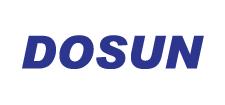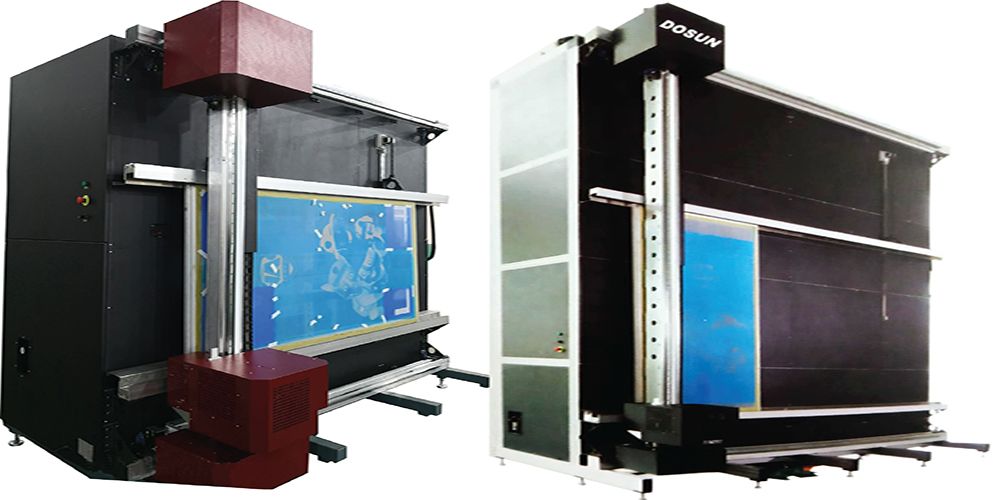DF X*Y Vertical

High Precision Digital Imager
This study uses stereo digital image correlation (DIC) to investigate the response of a jointed beam under aerodynamic loading in a shock tube. Methods: The incident shock subjects the beam to an impulsive frontal load followed by periodic transverse loading from vortex shedding. Several considerations necessary to realize high-precision are addressed: first, a hybrid stereo camera calibration accounted for tangential distortions when imaging through thick windows. Second, a measurement bias from Xenon flash-lamp light sources was identified and removed using laser illumination. Third, facility motion was mitigated by vibration isolation and appropriate signal filtering. Finally, aero-optical distortions from turbulence were removed using a low-order reconstruction.
Results: The resulting displacement data has a noise floor of approximately ± 1 μm at 20 kHz sampling rate. The reduction of primary noise sources allows a transient structural response on the order of 10–40 μm to be quantified. The highest vibrations occurred when the vortex shedding frequency matched the beam’s natural frequency.
Conclusion: the noise reduction techniques described allow for structural measurements requiring high-precision, non-intrusive displacement data to be performed in aerodynamic environments.
Product Preview
Specifications
Max. Screen Size:
Cusstomized
>1200*1200mm-3600*4000mm
Thickness of Frame:
20-60mm
Imaging System Technology:
DLP
Laser Power:
10W,15W,20W
Laser Type:
UV Laser
Focus System:
Real Time Focus Control
Image Resolution:
508/1016/1270/2032/2540 dpi
Data Resolution:
10160 dpi
Thickness of Emulsion:
2-150 nanometer
File Format:
1 bit BMP/TIFF
Exposing Time:
20m2/h
Interface:
Gigabyte Ethernet Adapter
Dimesion:
Based on Max. Screen Size
Net Weight:
2000kg
Working Conditons:
Teperature:15 degree centrigrade
Humidity; 40-60%
Power:
2.0KW/220V, 50/60Hz
Compressed Air:
0.4 Mpa- 0.6Mpa
